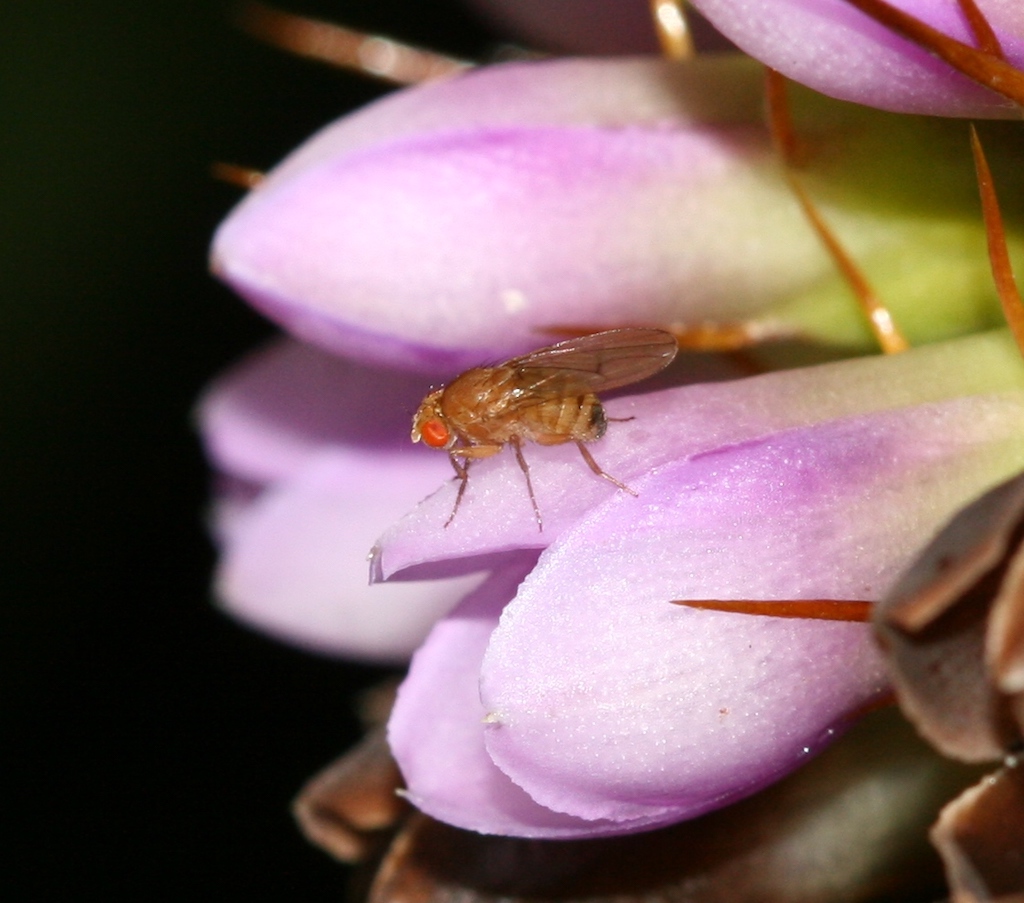Role of odorant binding proteins in the chemoperception of Drosophila melanogatser
Drosophila • peri-receptor events • OBPs • Chemoperception • Taste • Olfaction
Drosophila melanogaster uses various pheromones and food volatiles to identify a suitable ecological niche and a mating partner. Chemosensory detection is mostly mediated by olfactory and gustatory systems. This mechanism requires the solubilisation and transport of volatile and non-volatile chemical compounds through the hydrophilic sensillum lymph to signal the chemosensory neurons. Such perireceptor events involve a family of soluble proteins named odorant-binding proteins (OBPs). Although OBPs are found in olfactory and gustatory sensilla, their physiological role remains unclear. The aim of my thesis was the structural and functional characterisation of some OBPs in Drosophila melanogaster.









